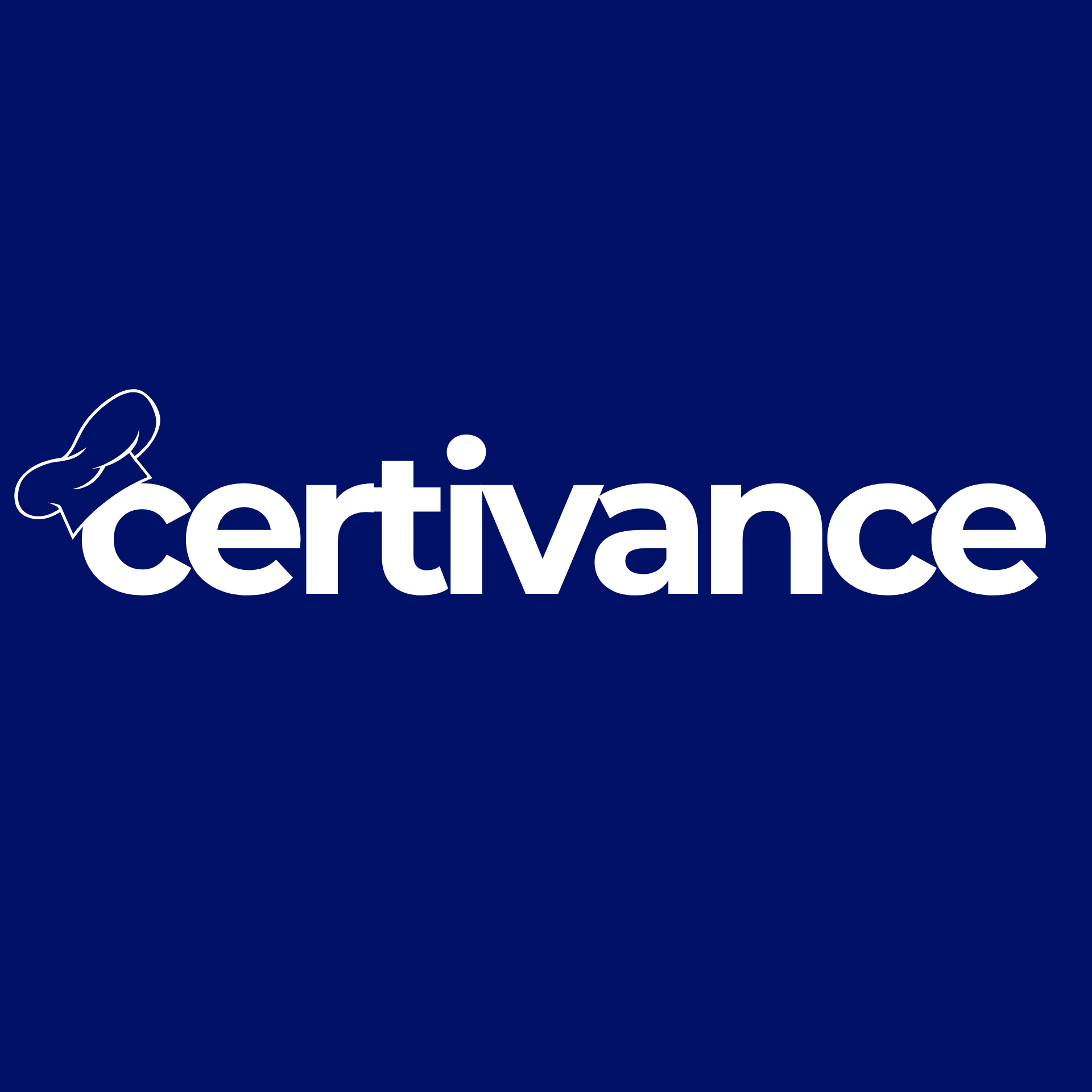Clinical Name: Salmonella enterica serotype Typhi
Common Name: Typhoid Fever
What Is Salmonella Typhi?
Salmonella enterica serotype Typhi is a human-specific bacterium that causes typhoid fever—a serious systemic illness transmitted through ingestion of food or water contaminated with fecal matter from infected individuals. Unlike other Salmonella species, S. Typhi does not have animal reservoirs and is primarily spread via the fecal-oral route.
Source: CDC, WHO
Introduction
Typhoid fever might sound like a relic from the past, but it's very much a present-day concern, especially in areas with inadequate sanitation. Each year, an estimated 9 million people worldwide contract typhoid fever, leading to approximately 110,000 deaths.
For food handlers, the stakes are high. S. Typhi spreads through contaminated food and water, often due to poor hygiene practices. A single lapse—like not washing hands after using the restroom—can set off a chain reaction, turning a meal into a potential health crisis.
Why It Matters
Although most U.S. cases of typhoid fever are linked to international travel, it only takes one infected food handler to spread it locally. S. Typhi survives in contaminated water or food and can persist in asymptomatic carriers. And because it causes systemic illness rather than just gastrointestinal symptoms, it poses a bigger threat than typical foodborne pathogens.
Food Source Examples
| Food Source | Examples |
|---|---|
| Contaminated water | Drinking water, ice cubes |
| Raw fruits and vegetables | Lettuce, raw produce washed with unsafe water |
| Street foods | Uncooked or undercooked street-vended foods |
| Unpasteurized dairy products | Raw milk, soft cheeses |
| Shellfish from contaminated water | Oysters, clams |
Whether it’s a fast-casual spot or a fine dining kitchen, no operation is immune. Salmonella Typhi can turn a single oversight into a public health emergency.
Symptoms
Symptoms of typhoid fever usually begin within 6–30 days after exposure and can last several weeks. While most people recover with appropriate antibiotic treatment, some cases can lead to severe complications—especially in vulnerable populations.
Symptom Details
| Symptom | Details |
|---|---|
| High fever | Sustained, can reach up to 104°F |
| Fatigue/Weakness | Ongoing tiredness and lack of energy |
| Stomach pain | Abdominal cramping or discomfort |
| Headache | Often severe and persistent |
| Diarrhea or Constipation | Bowel irregularities that vary case by case |
| Loss of appetite | Common early symptom |
| Rose-colored rash | Flat, pink spots on chest and abdomen (not always present) |
Severe cases may result in bloodstream infections or intestinal perforation. Always monitor symptoms closely.
Who’s at Risk
Salmonella Typhi can infect anyone—but certain groups face more severe consequences:
- Children under 5 – Immature immune systems
- Older adults – Higher risk of complications
- Pregnant women – May affect pregnancy outcomes
- Immunocompromised individuals – Including those with cancer, HIV, or on immunosuppressive therapy
- International travelers – Especially to regions with poor water sanitation
How It Spreads
- Through contaminated food and water: Especially in areas with inadequate sanitation
- Person-to-person contact: Via the fecal-oral route
- Improper hand hygiene: After using the restroom or before handling food
- Asymptomatic carriers: Individuals who have recovered but still shed the bacteria
How to Prevent It
Food workers are the front line of defense. These core food safety practices can stop Salmonella Typhi before it spreads:
Step Action
| Step | Action |
|---|---|
| Clean | Wash hands, surfaces, and tools frequently with hot, soapy water |
| Separate | Use separate equipment for raw and ready-to-eat foods |
| Cook | Always use a thermometer—ensure foods reach safe internal temperatures |
| Chill | Keep foods below 40°F (4°C); refrigerate leftovers within 2 hours |
Don’t forget about produce: wash it thoroughly, even if it's pre-packaged or labeled "triple-washed."
Cleaning Measures
Thorough cleaning and sanitizing are your insurance policy against cross-contamination:
- Disinfect prep surfaces and tools with an EPA-approved food-safe sanitizer
- Use color-coded cutting boards to keep raw and cooked foods separate
- Change gloves frequently, especially after handling raw ingredients
- Clean and sanitize sinks, handles, and shared equipment regularly
Tip: Create and follow a cleaning schedule your entire team can follow—consistency is key.
Protect Your Kitchen. Protect Your Business.
At Certivance, we help foodservice teams go beyond the basics. Our expert-led food safety training ensures your team knows exactly how to stop the spread of dangerous pathogens like Salmonella Typhi. From hygiene protocols to sanitation plans, we've got your kitchen covered.
👉 Train your team with Certivance









